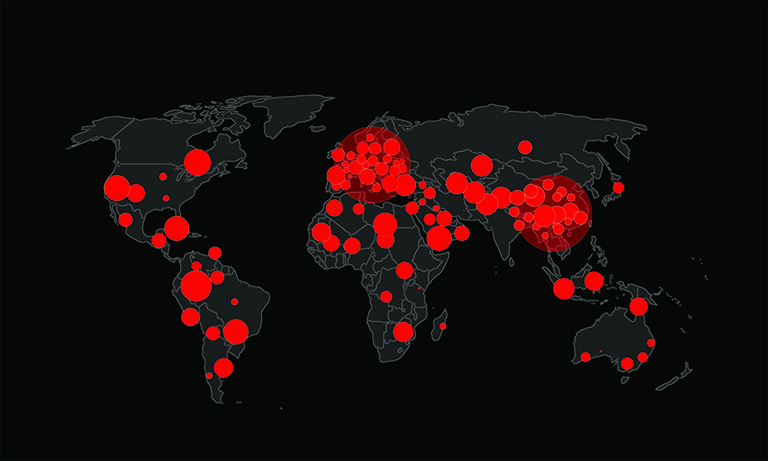Crocodilus Banking Trojan: A Severe Threat To Mobile Security

In the cybercrime landscape, we here find another player that takes mobile banking fraud to an alarming level of sophistication. Known as the Crocodilus Banking Trojan, this malicious software has been specifically designed to target mobile users, especially in Spain and Turkey. Though it may sound like just another banking Trojan, Crocodilus presents a significant escalation in the complexity and reach of modern malware.
Table of Contents
What Is Crocodilus?
Crocodilus is a type of Android malware crafted to steal sensitive information from mobile users. Its primary target is banking and financial apps, although it also extends to cryptocurrency wallets, making it especially dangerous in a world where mobile transactions are becoming the norm. Unlike its predecessors, Crocodilus is not just a simple copy of previous threats but a well-designed, fully-fledged threat from the outset. This Trojan is equipped with a variety of advanced techniques, including remote control capabilities, black screen overlays, and data harvesting through accessibility logging.
How Does Crocodilus Work?
Upon installation, Crocodilus behaves like a legitimate application to avoid detection. In fact, it masquerades as a seemingly innocuous app, disguising itself as a version of Google Chrome. This clever ruse helps the malware bypass certain security measures on Android 13+ devices, making it more effective at sneaking past users' defenses.
Once installed, the Trojan requests access to Android's accessibility services, which it uses to gain control over the victim's device. This is where Crocodilus begins its malicious work. The Trojan establishes a connection with a remote server, which then sends instructions for what actions to take next. This includes a list of financial apps to target and HTML overlays to steal user credentials.
One of Crocodilus's standout features is its ability to display fake login pages on top of legitimate ones. In some cases, it even targets cryptocurrency wallets, but with a different twist. Instead of asking for login credentials, the Trojan presents an alert message warning the victim to back up their seed phrases or risk losing access to their wallets. This social engineering trick guides users into revealing critical information, which is then harvested through the Trojan's accessibility features.
The Full Scope of Crocodilus’ Capabilities
Crocodilus is designed to run in the background constantly, ensuring that it can monitor all activities performed on the device. It is capable of displaying overlays on top of various apps to capture user credentials, even from authentication apps like Google Authenticator. Additionally, the Trojan can capture screenshots of the victim's screen, allowing the cybercriminals to gather more sensitive data.
To prevent the user from detecting its activities, Crocodilus employs a black screen overlay. This effectively hides its malicious actions from view while muting sounds to keep the victim unaware. These measures make it significantly harder for users to notice that their device has been compromised.
The malware is also highly adaptable. It can launch specified applications, post push notifications, retrieve contact lists, send SMS messages, and even disable certain device features. It can make itself the default SMS manager and request device administrator privileges to further entrench itself in the victim's system. In essence, Crocodilus has the potential to fully take over a device, giving attackers complete control over the compromised phone.
The Implications of Crocodilus
The arrival of Crocodilus on the cybercrime scene represents a troubling advancement in the sophistication of mobile banking threats. Unlike earlier banking Trojans, Crocodilus doesn't just steal credentials – it takes over the device and silently manipulates the user's actions to steal everything from personal information to financial assets.
Crocodilus's danger is clear: if successful, it can lead to significant financial losses, identity theft, and the compromise of personal data. Given its ability to target both banking apps and cryptocurrency wallets, the Trojan poses a serious threat to users who rely on their smartphones for financial transactions.
Moreover, the Trojan's use of social engineering tactics, such as the fake cryptocurrency backup alert, highlights the growing ingenuity of cybercriminals. Users are often tricked into making mistakes that expose their sensitive data, which is then harvested without their knowledge.
Bottom Line
The best way to protect oneself from Crocodilus and similar threats is to be cautious when downloading apps. Always verify the legitimacy of any app before installation, and avoid downloading apps from unofficial sources. Additionally, users should regularly update their devices to ensure they have the latest security patches and avoid granting unnecessary permissions to apps, especially those requesting access to accessibility services.
By remaining vigilant and informed, users can minimize the risks posed by malware like Crocodilus. While the Trojan represents a significant threat, understanding its tactics is the first step in protecting personal data and financial security.








